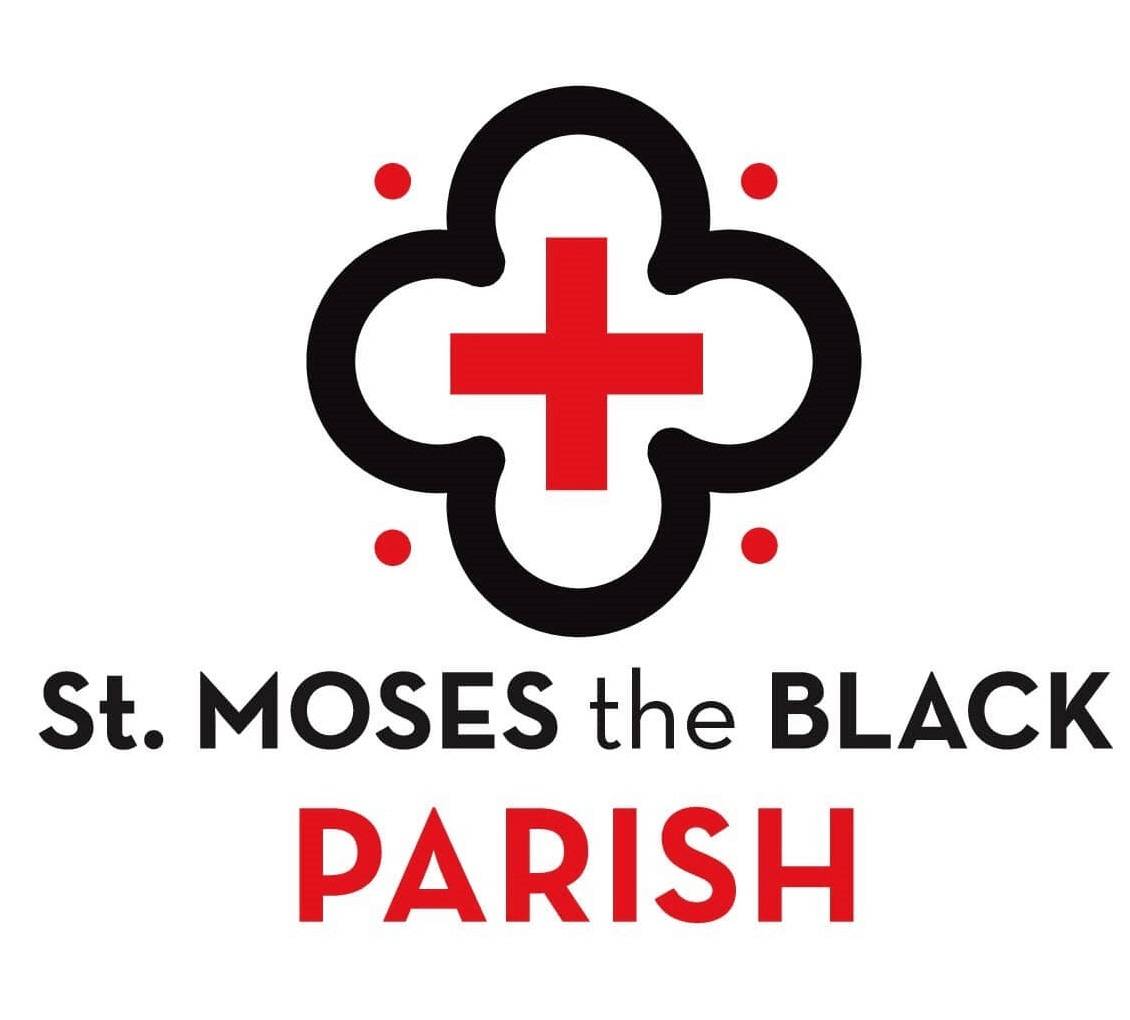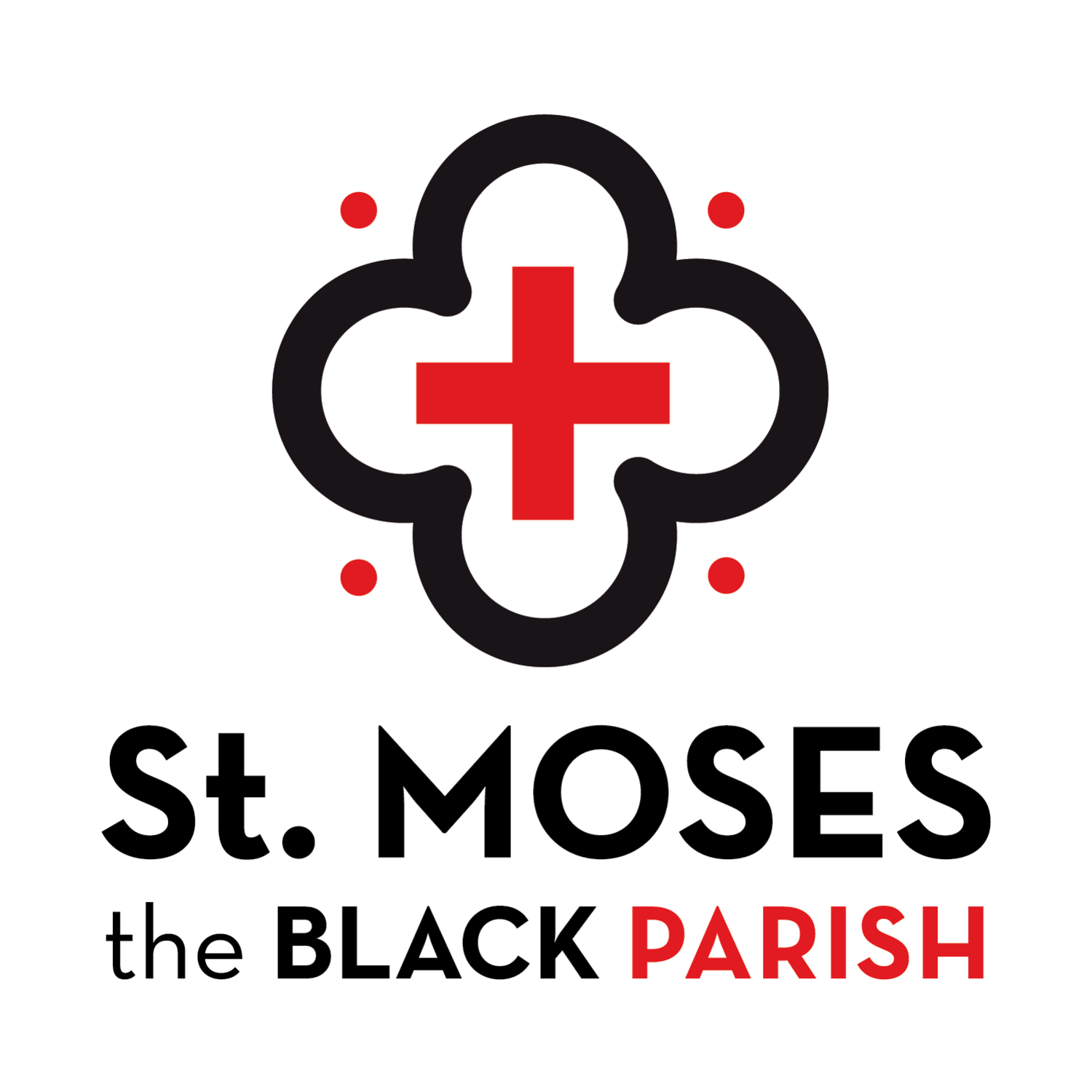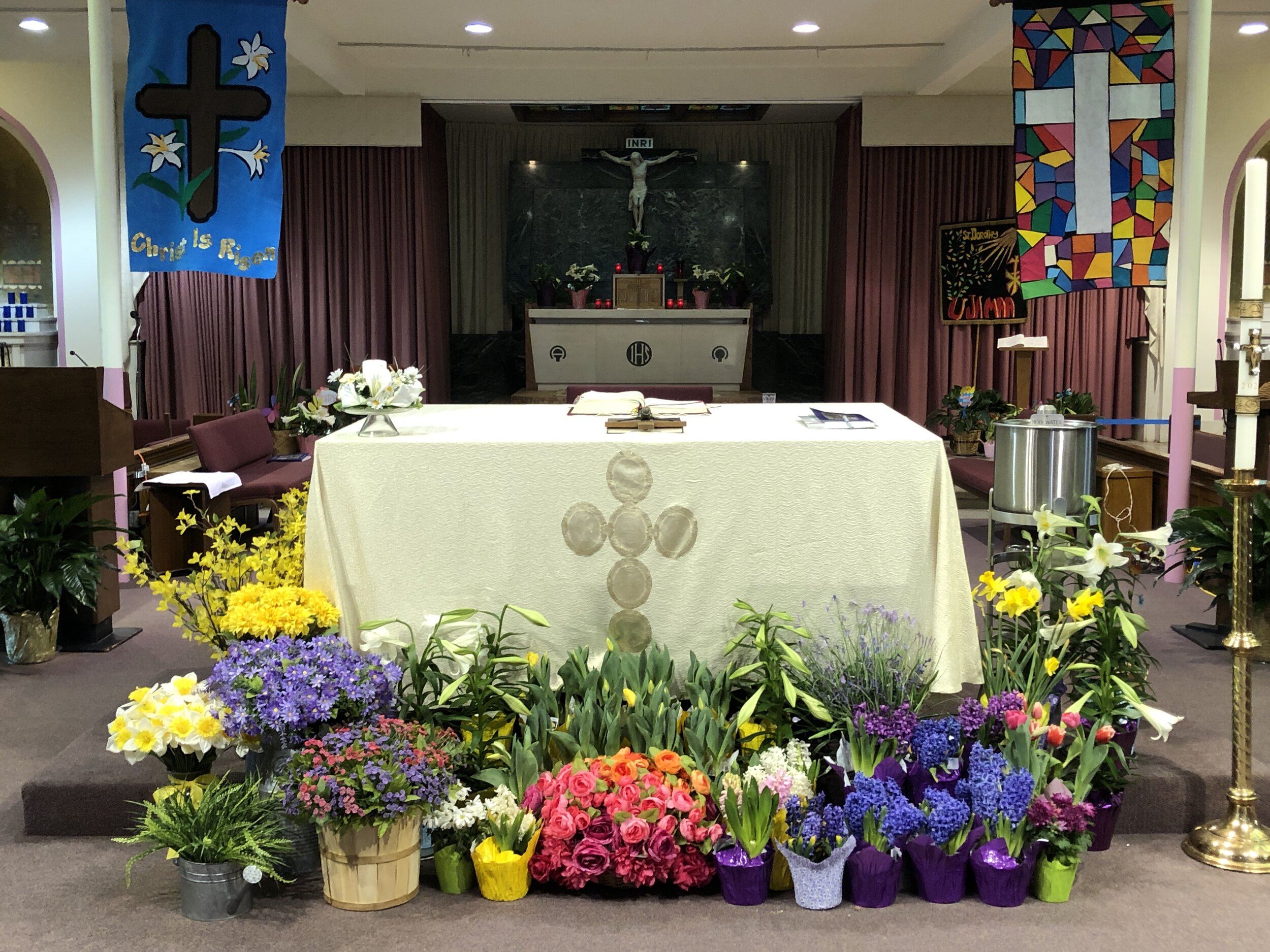
St. Dorothy History
The History of St. Dorothy Catholic Church
The “Pioneer Years” (1916 – 1924)
In an apt historical way, it is worth noting that Chicago was founded from the small 1772 settlement of a black Catholic man – Jean Baptiste DuSable. As the “city of big shoulders” slowly lurched into being - starting slowly, booming in the 1850s, burning in 1871, gaining fame as a livestock and produce center at the dawn at the 20th century – its rapidly growing numbers of immigrants brought their histories and Faith with them. The previously rural but railroaded areas south of the central city known as Grand Crossing and Chatham were annexed in 1889, and quickly became settled by these growing immigrant populations. Despite near constant issues of flooding there, the Grand Crossing/Chatham area became home to many European immigrants who were strongly Catholic. As World War I broke out, its worldwide nature deeply affected these new residents of Chicago, who were aghast at the mechanized bloodshed, but grateful for their new lives in a free land far away from a holocaust that would never touch them.
It was in this early 20th century atmosphere that a small group of mainly Swedish and Irish believers joined together to seek their own worship in the rapidly growing Grand Crossing/Chatham community south of St. Columbanus Church (71st and Calumet). In July 1916, Archbishop George Mundelein appointed Rev. John Scanlan (1916-1924) to organize a new Catholic parish in that area dedicated to the early Roman martyr St. Dorothy. After searching for a suitable location, he sought approval to purchase 24 city lots at 78th Street between Vernon and Eberhart, for the price of $13,000. The first Mass of this new Faith community was held on July 16, 1916 at 811 East 75th Street in a hall leased to the new church. (The first celebration of Eucharist on St. Dorothy property itself was held on July 15, 1917).
On April 15, 1917 the ground was blessed by Fr. Scanlan, and the first shovels of earth turned for a combination church and school building at 7730 S. Eberhart. On May 20, 1917 the cornerstone was laid, with the building project being completed and first Mass celebrated therein on November 18, 1917. The formal dedication was held on Sunday, May 12, 1918 by Archbishop Mundelein. The new combination church/school cost $50,000, could seat 650 people in the hall, and had room for 8 classrooms. The day after the dedication, the Sisters of Charity of the Blessed Virgin Mary (Dubuque, IA) opened St. Dorothy School to the neighborhood – and 298 children responded (154 boys, 144 girls). During the first months after the 1918 dedication, only two Sunday Masses were held – but only half of the parishioners could be accommodated. Despite having no assistant, Fr. Scanlan began saying four masses a weekend in October 1919, with the help of area Carmelite priests.
The “Boom Years” (1924 – 1952)
The area continued to boom with immigrants, and after Fr. Scanlan left (July 1924) to form another parish, Fr. Thomas Sheridan (1924-1946) became the 2nd pastor of this rapidly growing Catholic community. On July 10, 1925, he added a second story to the school with four more classrooms, because by then church membership had increased to 1,175 families. The school now educated 510 students and had 11 sisters staffing it. In keeping with the prosperity of the boom years of the 1920’s, Fr. Sheridan commissioned architect Charles Wallace to design a beautiful Gothic cathedral which would cost $250,000, and the cornerstone for this great project was laid in May 1928. But he had not planned on the economic catastrophe of Great American Depression – money was simply unavailable for building, and the new church boundaries of St. Clotilde to the west drew away a great number of parishioners. Sheridan’s dream would never be completed – St. Dorothy Church was never built above the ground level, although the new parish convent was completed in 1928, and a rectory in 1931.
Despite his disappointment, Fr. Sheridan became a legend in his 22 years of pastoring, dying on November 7, 1946. His successor was Fr. Joseph Connelly (1946-1952) who ministered to St. Dorothy during the postwar years, and who was able to finance the building of a new school at 7740 S. Eberhart that replaced the old 1917 combined church/school structure. This building was completed and dedicated on September 3, 1951 by Samuel Cardinal Stritch, and could accommodate 800 students, with a gym, library and kitchen. When Connelly died on March 2, 1952, Fr. Michael Kilbride (1952-1958) became pastor – arriving at a time when other major challenges had come both to this community and church. The Spirit of change – both social and spiritual – had begun to blow through the Catholic Church of Chicago.
The “Transition Years” (1952 – 1970)
Prejudice is a unfortunate reality, even in churches and religious institutions – but it was a sad truth for St. Dorothy and other Chicago Catholic churches. The neighborhood had slowly changed from ethnic white to African-American as blacks moved from the south to Chicago in great numbers – also seeking opportunity, freedom and a place to worship. Thousands of white church members (as well as others in the area) moved elsewhere, even as blacks were being assigned places in the backs of some churches. Parish membership at St. Dorothy plummeted from 1800 to 800, and school enrollment dropped to 450. But thankfully due to the work of Fr. Kilbride and the lay people, the overall transition process at St. Dorothy’s was far more graceful than at many other Chicago Catholic churches.
It was under another Scanlan – Fr. Gerald Scanlan (1959-1968) – that a second “Spirit” of change blew through St. Dorothy’s. Named in 1959 to be the 5th pastor of St. Dorothy’s, it was under his leadership that the parish celebrated its Golden Jubilee Mass on October 30, 1966, with a theme of “It Can Be Done!” The sanctuary of the church was remodeled to reflect the Second Vatican Council’s spirit – a new walnut altar was installed, the communion rail was removed, and scarlet draperies and carpeting were added. One of the persons interview by the Chicago Tribune for this festive occasion was the new African-American associate pastor, Fr. George Clements – who pointed to a number of recent “firsts” that St. Dorothy could also proudly celebrate, aside from 50 years of spiritual heritage in the community:
First to charter a number of railroad cars to the Washington March
First to send a busload of men down to Selma
First to organize baskets for poverty-stricken white parishioners
First to establish Negro history classes
First to send a group down to Jackson MS for the Meredith March
The author concluded his Tribune article on St. Dorothy by stating “St. Dorothy is a changing parish, but this is a kind of change that gives a church strength.” Growing strong and proud as both black and Catholic, the “new faces” that now made up St. Dorothy Church had begun to set a standard for outspoken prophetic social action flowing out of a strong Christian Faith.
But this new strength of St. Dorothy was severely tested in December 1968 when Fr. Scanlan retired (becoming pastor emeritus) – several BVM nuns and an associate pastor resigned citing differences of opinion with Fr. Clements, who was supported in becoming the next pastor by an ultimatum from 758 parish members and thirty priests. Cardinal John Cody rejected this ultimatum and appointed another black priest as pastor – a man who in 1949 was the first black priest to ever be ordained in the Archdiocese, Fr. Rollins Lambert (1968-1970). The next year, Fr. Clements became pastor of Holy Angels Church, and Fr. Lambert began working to increase the active involvement of his members with parish decision-making. It was under him that groups such as the Home-School Association, the Parish Council and the School Board came in being, and parishioners began educating themselves to take up new roles in ministry.
The “Flagship Years” (1972 – 1994)
When Fr. Lambert took a Chaplain’s position at the University of Chicago in 1970, Fr. James Sweeney (1970-1972) became the 7thpastor of St. Dorothy, being appointed on April 13, 1970. However, sadly he became crippled with Lou Gehrig’s Disease, resigning in 1972 but continuing to live at the rectory until his death on January 23, 1976 at only 47 years of age. On April 26, 1972, Fr. Michael Nallen (1972-1994)was formally appointed as pastor, having previously been an associate here since 1970. Fr. Nallen would become legendary in his steady, able leadership of St. Dorothy. Under him, fiscal responsibility, parish unity and spiritual growth were well established; a Stewardship program was begun long before it became an Archdiocesan standard; major renovations (costing $300,000) were completed for all parish facilities, and eight new stained glass windows depicting Black Saints were installed in church (1988).
Fighting a long decline in school enrollment, Fr. Nallen asked the Sisters of the Presentation of the Blessed Virgin Mary (Dubuque, IA) to come to St. Dorothy, and they agreed to do so. In the late 1980’s, enrollment increased once again to over 500 students, and under the inspiring leadership of past principals like the much-beloved Sr. Catherine Wingert (1982-1997) and our present principal (and former alumnus), Robert Anderson (2012-present), the school maintains its excellent reputation. Fr. Nallen used to call St. Dorothy the “flagship” of the African-American Catholic community – and in his 22 years of leadership (only the 2nd pastor Fr. Sheridan was here as long), St. Dorothy acquired a sterling reputation in the entire Archdiocese for solid Faith, sound administration, ethnic pride, and quality education on all levels.
Into the 21st Century
In 1994, after struggling with poor health, Fr Nallen was moved to Markham, and the Fr. Kenneth Fisher (1994–2001) was appointed first as Administrator and later as the 9th Pastor of the parish. Under Fr. Fischer, St. Dorothy continued to encourage further professional religious education for the laity, with numerous people completing Lay Ministry training on several levels, and a second parish deacon being ordained in May 2000. The parish also released its first ever picture Parish Directory, added girls to the altar serving rotation, and continued to provide needed improvements to both the church (cushioned seats!) and rectory.
In 2001, Fr. James Martin (2001-2005) came to St. Dorothy Church, bringing with him a long history of pastoring in Chicago’s African-American community. Fr. Martin was active not only in all parish groups and leadership, but also was an Archdiocesan Dean for Vicariate 6, providing well-seasoned wisdom and insights to many on the difficult tasks of urban Catholic ministry. Fr. Martin’s jovial temperament, warm and humorous demeanor, and infectious laugh made him much beloved in his years at St. Dorothy, which unfortunately were all too short. In September 2005, he died suddenly while on one of his beloved annual cruises, being buried before a crowded St. Dorothy Church on September 19, 2005, with Francis Cardinal George and Bishop Joseph Perry officiating.
After a difficult ten-month vacancy in the position, Fr. Robert Miller (2006-present) became the 11th pastor of St. Dorothy Church. A former member of the Redemptorists, Fr. Bob had just finished a 6-month sabbatical at Notre Dame University, following ten years of ministry at Holy Angels Church in Bronzeville. He comes to the parish with an energy and passion to increase the spiritual and relational vitality of this historic church community. Under his leadership, St. Dorothy eagerly looks forward to its fast approaching jubilee celebration (2016) with a renewed sense of purpose.
In September 2015, a new Catholic school on the southside opened – the Augustus Tolton Catholic Academy, a combination of, and collaborative effort between, St. Dorothy and Columbanus Schools. Despite our sadness at no longer having a Catholic school on our site, we are excited about a STREAM-school, strongly supported by the Archdiocese, Big Shoulders and other funders, which will continue the rich Catholic heritage of excellence which St. Dorothy School maintained for 95+ plus years.
Thus, having “come this far by faith, leaning on the Lord”, St. Dorothy Parish continues to reach both outside and inside its own walls to bring the Lord’s healing, worship, education and Faith to others. We know that as in our glorious past, indeed “it can be done” again in this generation!




